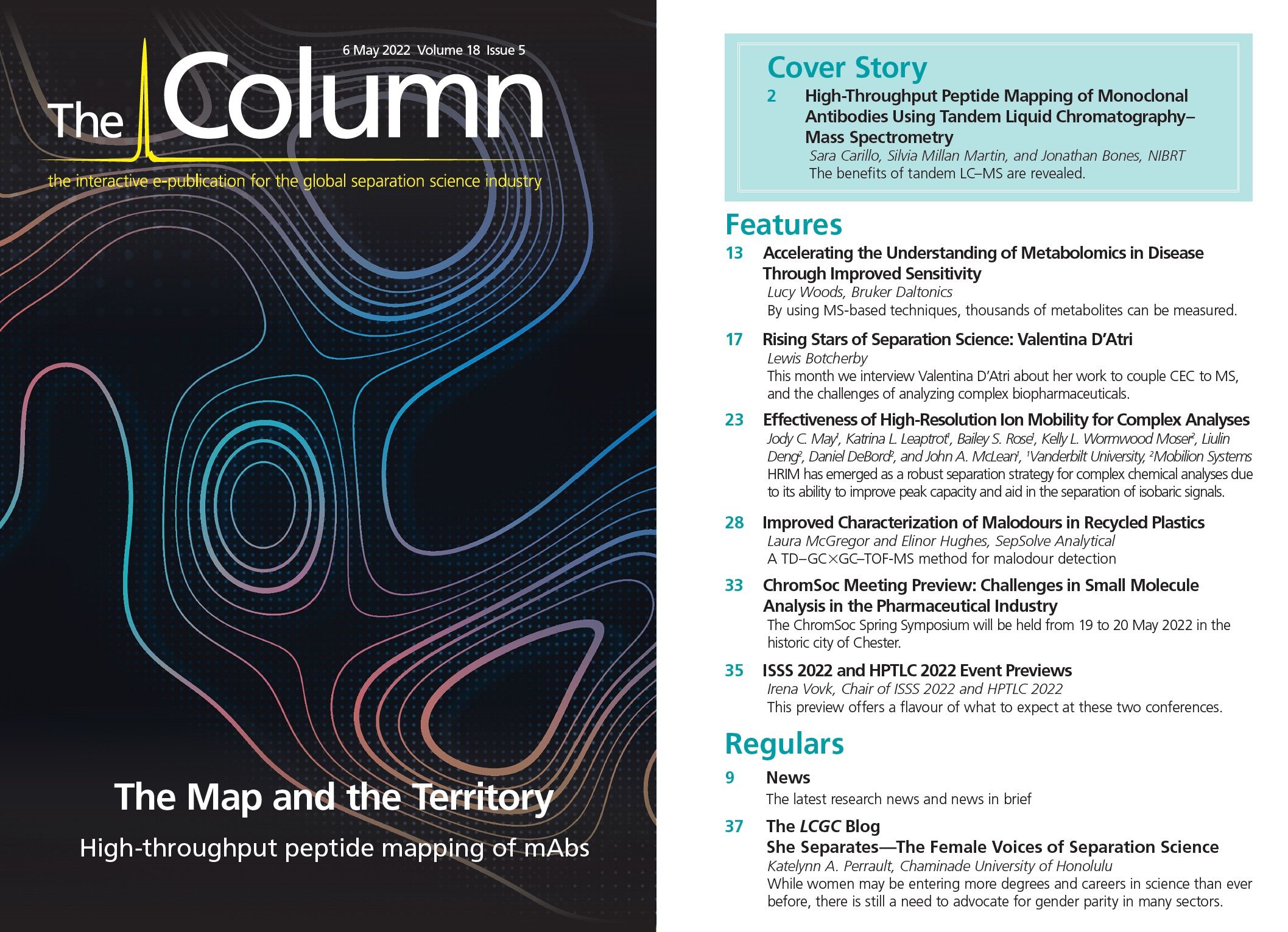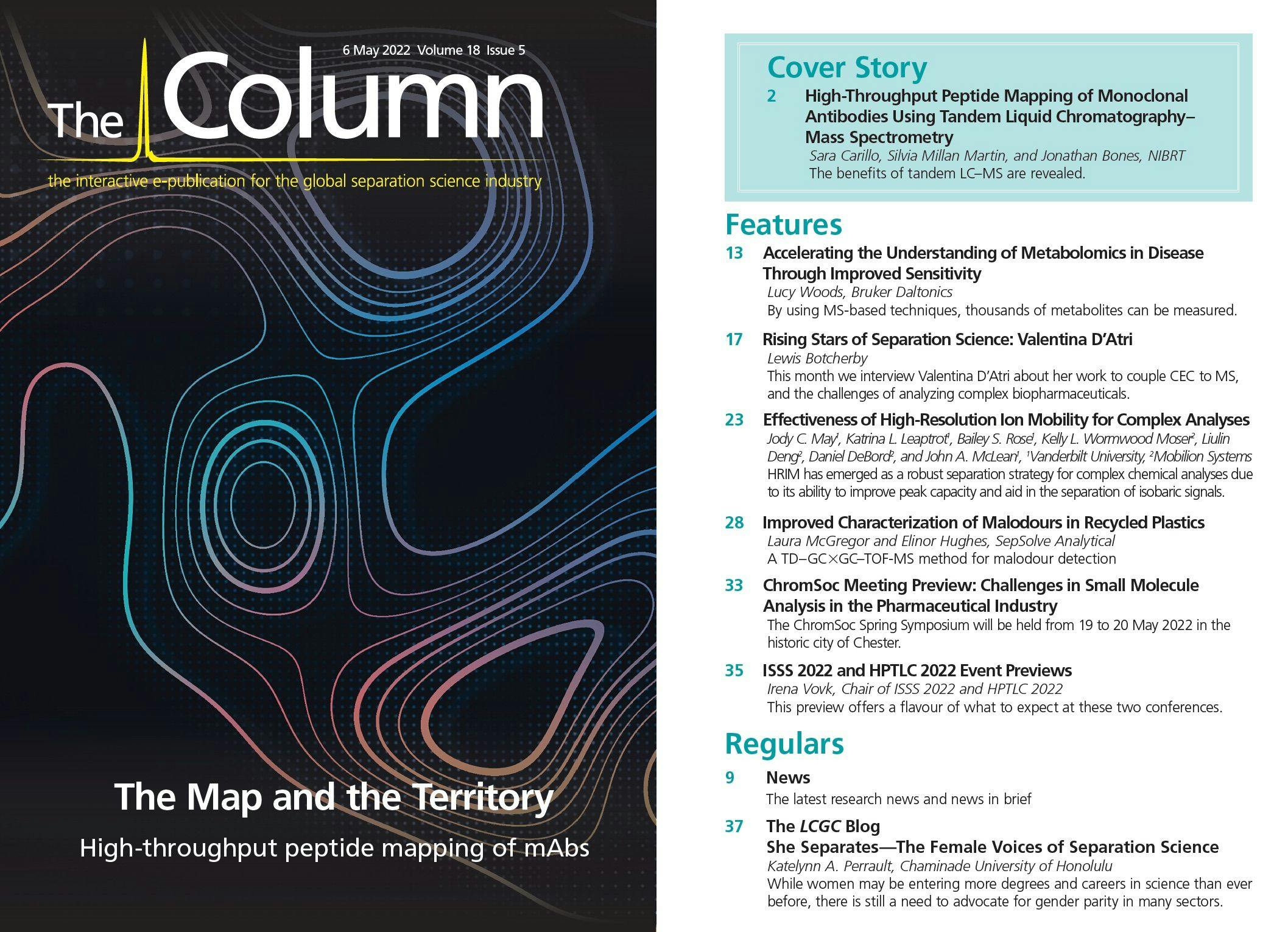Agilent Joins AMBIC to Advance Biomanufacturing
Agilent Technologies Inc. (California, USA) has announced that it has become a member of the Advanced Mammalian Biomanufacturing Innovation Center (AMBIC), to demonstrate the company’s commitment to partnering to support the provision of the next generation of analytical tools and comprehensive solutions needed by academic, pharmaceutical, and clinical researchers. “Our customers recognize the need to improve biotherapeutic manufacturing,” said Darlene Solomon, Senior VP and CTO at Agilent. “Working with AMBIC we look forward to advancing technologies.” There is a growing need to rapidly assess critical process and product quality attributes to support biotherapeutics manufacturing and facilitate adaptive process controls. AMBIC brings together leading academic and industrial biotechnologists, who are focused on mammalian cell culture manufacturing.
Its mission is to develop enabling technologies, knowledge, design tools, and methods that apply and integrate high-throughput and genome-based technologies to fast-track advanced biomanufacturing processes. Through systems-level biology analysis, novel cell‑line development, bioreactor optimization, and advanced analytics, AMBIC aims to provide transformative solutions that can lower biomanufacturing costs and improve bioprocessing efficiency. For more information, please visit: www.ambic.org

Altering Capillary Gas Chromatography Systems Using Silicon Pneumatic Microvalves
May 5th 2025Many multi-column gas chromatography systems use two-position multi-port switching valves, which can suffer from delays in valve switching. Shimadzu researchers aimed to create a new sampling and switching module for these systems.
Studying Cyclodextrins with UHPLC-MS/MS
May 5th 2025Saba Aslani from the University of Texas at Arlington spoke to LCGC International about a collaborative project with Northwestern University, the University of Hong Kong, and BioTools, Inc., investigating mirror-image cyclodextrins using ultra-high performance liquid chromatography–tandem mass spectrometry (UHPLC–MS/MS) and vibrational circular dichroism (VCD).

.png&w=3840&q=75)

.png&w=3840&q=75)



.png&w=3840&q=75)



.png&w=3840&q=75)
















